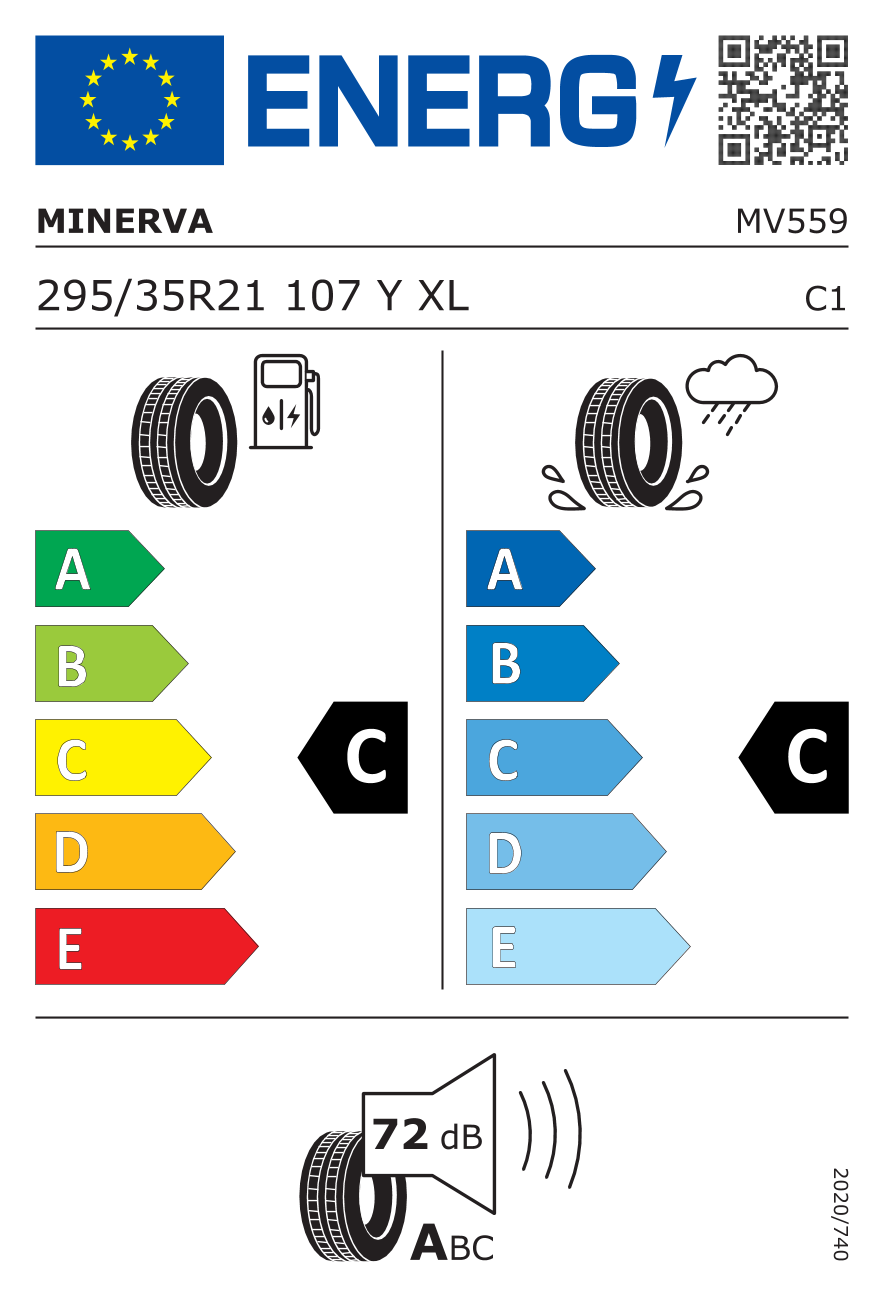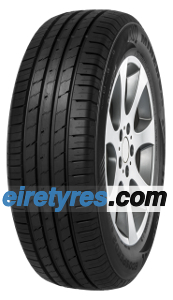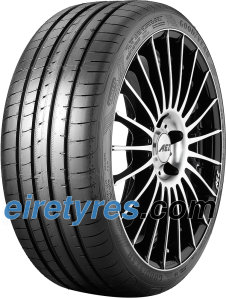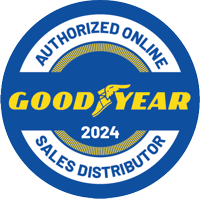Minerva Ecospeed 2 SUV 295/35 R21 107Y XL



Minerva
Ecospeed 2 SUV
295/35 R21 107Y XL
Add product to compare












